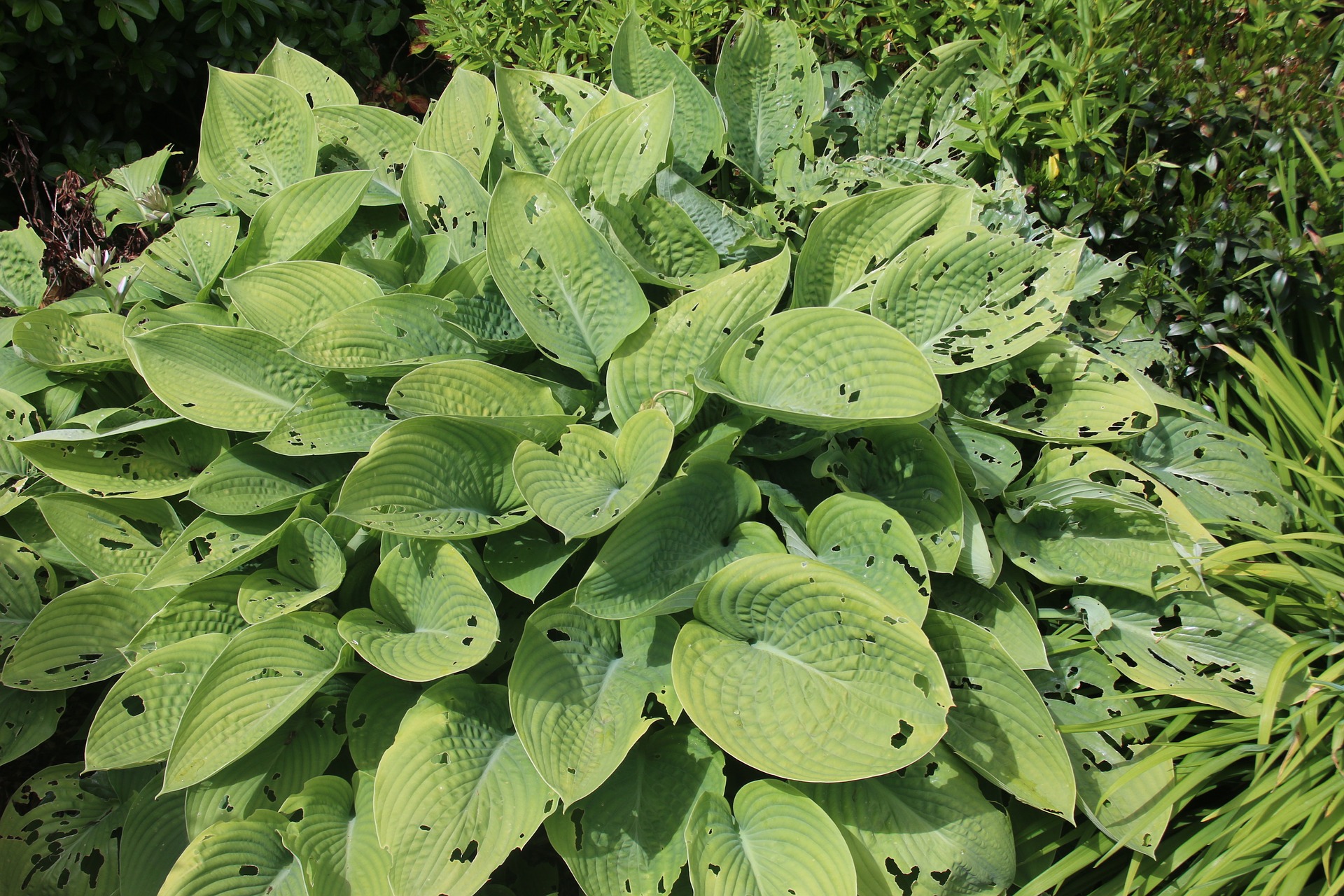If I told you you have hundreds of creatures in your garden, each of whom had 27,000 teeth, you might opt to stay indoors.
I know my garden has just that, yet I bravely work there daily. I take comfort in the fact that I know I can outrun these toothy monsters, and also from the fact that all these teeth are microscopic.
The creature in question is — the slug. Slimy, detested by farmers and gardeners, enjoyed by some as a culinary delicacy.
When researching this column I found recommendations and recipes for eating slugs. This sounds like a full circle, reasonable pest control option. I’ll stick to feeding them to my chickens.
I also found interesting info about these pests, such as the aforementioned teeth. The thousands of tiny teeth are attached to a flexible band, called a radula.
Their radula allows them to chomp through just about anything — worms and other organisms, decaying plant matter, animal droppings, 98% of my cucumber seedlings, any mushroom that tries to sprout from my shiitake log and even the mushroom plugs themselves.
They have both male and female reproductive organs and when they mate with other slugs they swap sperm so both can lay up to 100 eggs (multiple times per year).
Slugs can live up to five years, so each can have quite a few descendants in their time. Their eggs can also lay dormant for years, waiting to hatch until conditions are right. I also read that the slugs we spot on our gardens are only 5% to 10%of the population — the rest hang out underground.
These mollusks do not have shells like their relatives, the snails, but evolution has left the remnants of a shell under their leathery backs. Since they mustn’t dry out, they tend to mostly come out in the evenings and feed at night.
These invertebrates (with no bones at all) have one lung and green blood. They also have a muscle along their underside from which they get their species class name; gastropod translates to stomach foot. Slugs rhythmically ripple their stomach foot to move around.
When they do, they leave those telltale slimy trails. Slugs secrete slime to help keep themselves from drying out. The slime contains signals that other slugs (and some predators) can detect.
The largest slug in the U.S. is the banana slug (which lives on the West Coast). It can grow up to a foot long.
From what I understand, most of the slugs we find in gardens are not native to the U.S. We do have native slugs, but they have more specialized habitats. Some people argue that slugs play an important role in our ecosystem, and I’m sure they do as lots of other creatures eat them and they help with decomposition.
However, I have yet to find a way to prevent the slugs from demolishing the food I’m working so hard to grow for my family to eat. While researches and naturalists studying them might find them fascinating creatures, I say — know thy slimy enemy.




